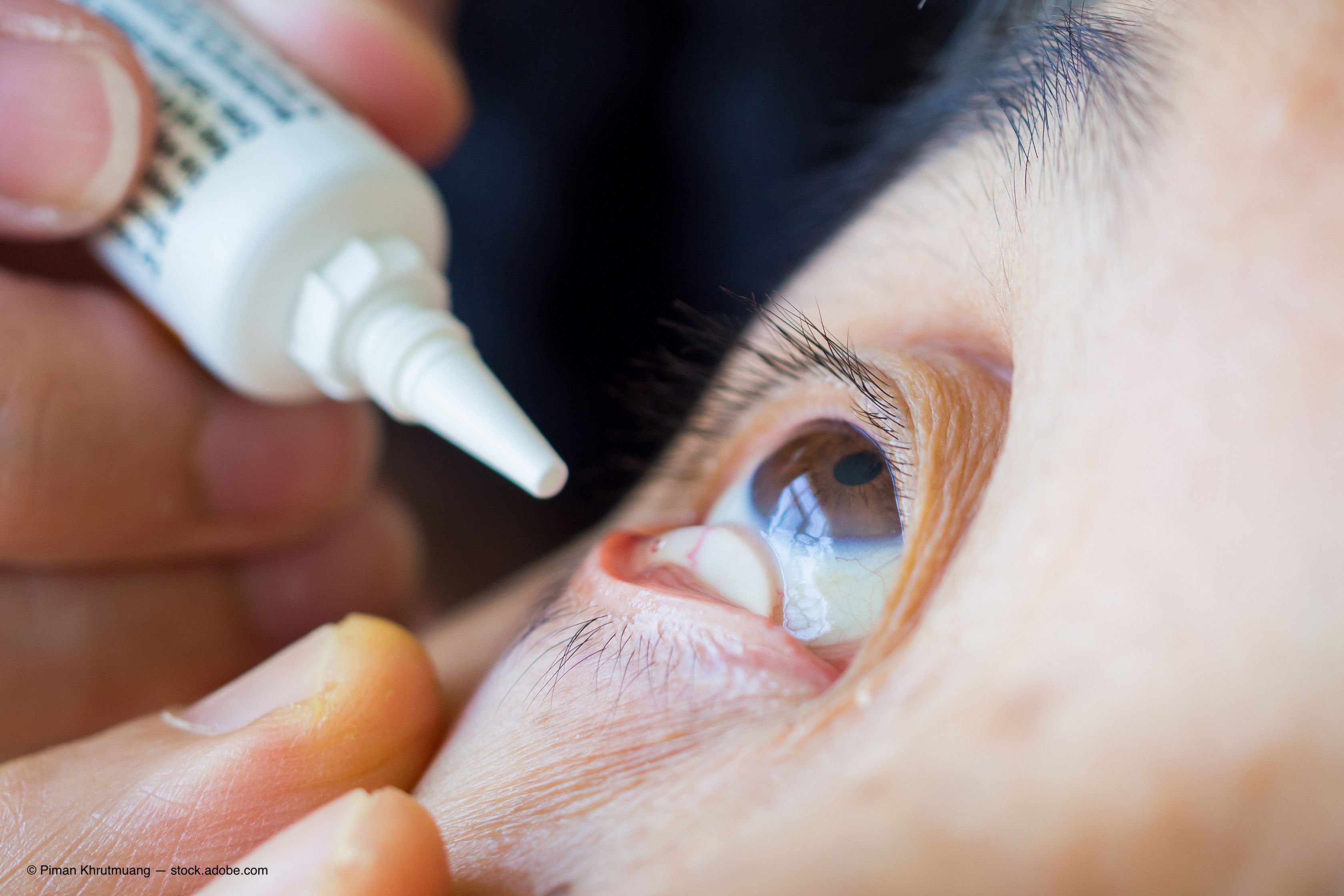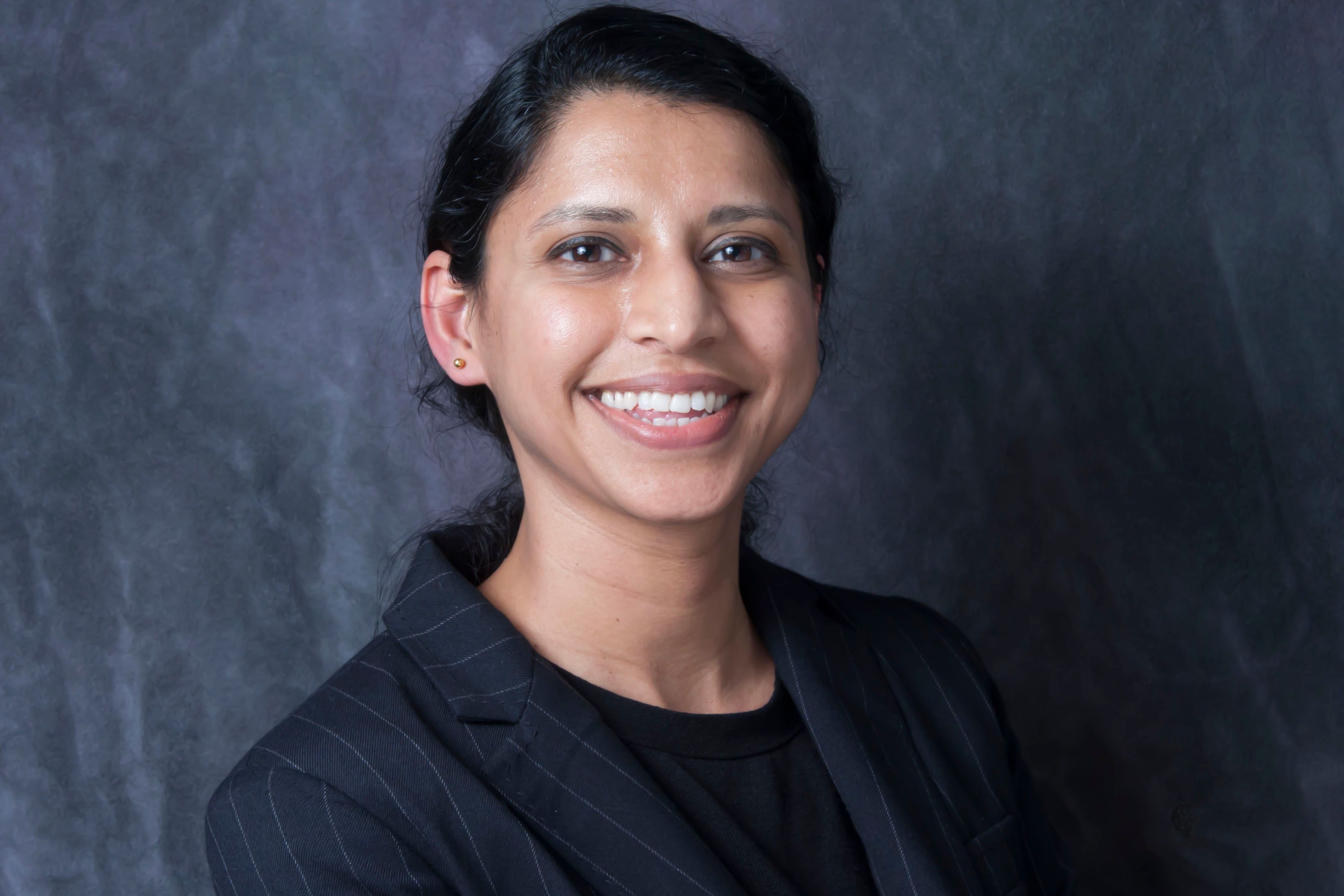Article
Glaucoma and dry eye present double trouble for patients, ophthalmologists
Author(s):
Sunita Radhakrishnan, MD, in a presentation at the 25th annual Glaucoma Symposium at the Glaucoma 360 virtual annual event, noted that concomitant treatment of both glaucoma and dry eye is key.

Radhakrishnan

This article was reviewed by Sunita Radhakrishnan, MD
Dry eye by itself is a common condition worldwide, but its prevalence increases among patients with glaucoma compared with the general population.
“This is partly because the prevalence rates of both glaucoma and dry eye increase with age; but importantly, the glaucoma treatments can cause or exacerbate dry eye,” Sunita Radhakrishnan, MD, said during a presentation at the 25th annual Glaucoma Symposium, held during the virtual Glaucoma 360 meeting.
Related: Boosting short-term dry eye management in patients
She is a glaucoma specialist at the Glaucoma Center of San Francisco and research director at the Glaucoma Research and Education Group.
Dr. Radhakrishnan noted that physicians treating patients who have both these conditions tend to focus on the glaucoma because of its vision-threatening potential, while patients are focused on the ocular discomfort associated with dry eye.
“It is important for us to also pay attention to dry eye in these patients because it negatively impacts adherence to glaucoma treatment, quality of life, and surgical outcomes,” she said.
The goal is to treat both concurrently so that patients are comfortable and have a well-controlled IOP.
Management and treatment strategies
The first step for her, according to Dr. Radhakrishnan, is to specifically look for the presence of dry eye disease.
She uses a basic approach that includes listening to the patient’s symptoms and looking for the signs associated with dry eye disease during the slit lamp examination.
Related: Short-term dry eye treatment option receives FDA approval
Other helpful tools for the evaluation of dry eye disease include symptom questionnaires, measurement of tear osmolarity and inflammatory markers in the tear film, and meibomian gland imaging.
Patient education should be included in the management strategy with a specific discussion of both glaucoma and dry eye and how treatment of one affects the other.
The patient should be fully committed to the treatment plan, because glaucoma severity is generally the primary factor that guides management and patient adherence is critical to preserve vision.
There are several treatment facts that we have to accept when we deal with patients with both dry eye and glaucoma, Dr. Radhakrishnan pointed out. These include:
- It is difficult to completely avoid medical therapy for glaucoma. Laser trabeculoplasty and surgical procedures do not last forever and the effectiveness of surgery is tied to the risk associated with the procedures.
- Prostaglandins may not be the best for the ocular surface, but they are the closest to ideal among topical treatments that are currently available.
- Most patients tend to tolerate 1 or 2 topical glaucoma medications well, with or without benzalkonium chloride (BAK).
- Finally, dry eye has a number of contributing factors and use of glaucoma medications is just one. Eliminating glaucoma medications does not result in complete resolution of dry eye in most patients.
Treatment options
Patients with glaucoma and dry eye have several options, including selective laser trabeculoplasty (SLT), medications, and surgery.
SLT can be used as either first-line or adjunct therapy. Primary SLT, which is helpful in patients with glaucoma and dry eye, provides good efficacy and lacks the side effects of topical medications and compliance issues.
Related: Advancements in dry eye management
However, the effect decreases with time, and not all glaucoma types can be treated. There are rare complications, such as keratitis, that can affect vision.
The LiGHT trial1 supported the use of primary SLT for patients with ocular hypertension and primary open-angle glaucoma.
In this study, patients were randomized to primary SLT or drops and at 3 years follow-up, 74% of SLT patients required no drops to maintain IOP at the target level, Dr. Radhakrishnan said.
For medical therapy, Dr. Radhakrishnan advises using drugs without BAK or those with a non-BAK preservative. It is also helpful to reduce the drug frequency, if feasible.
Switching from a preserved to a preservative-free prostaglandin has been shown to result in markedly improved signs and symptoms of ocular surface disease.
Barriers to use of preservative-free or non-BAK preserved medications are cost, lack of accessibility through insurance, and patient difficulties using preservative-free vials. Fixed-dose combinations can help reduce BAK exposure.
Related: Study results show that surgical system decreases IOP in patients with POAG
A sustained-release bimatoprost intracameral implant (Durysta, Allergan) was approved for single-use in 2020. Its acceptance by patients and doctors for treatment of a chronic disease remains to be determined.
“However, this is a big step forward in medical treatment for glaucoma,” Dr. Radhakrishnan said.
Many surgical options are available for glaucoma, with the choice based on lens status, glaucoma type/severity, glaucoma control, dry eye severity, and tolerance for topical therapy and additional surgery.
Minimally invasive glaucoma surgeries, with a good risk profile, facilitate intervention before patients reach the maximal um tolerated medical therapy. However, lower risk can mean lower efficacy.
Dr. Radhakrishnan advises warning patients about possibly worsening dry eye symptoms postoperatively. This is related to surgical changes or postoperative medication changes.
“Concurrent early treatment of dry eye is important,” she emphasized and noted that she encounters evaporative dry eye disease most commonly in her patients.
She discusses lifestyle modifications and starts treatment to improve tear quality such as warm compresses, oral omega-3 supplements, lid hygiene, and preservative-free artificial tears.
Related: Artificial tears offer a path to contact lens comfort
“In general, starting dry eye treatment and modifying glaucoma therapy significantly improves the clinical picture,” she said. If not, other options include various anti-inflammatory agents, punctal plugs, and in-office treatments for meibomian gland dysfunction.
For advanced ocular surface disease, autologous serum and scleral lenses may be considered. Consultation with a cornea specialist is helpful in patients with dry eye and glaucoma. If steroid treatment is being considered for the ocular surface, it is important to discuss the risk of IOP elevation and closely monitor the patient.
“Glaucoma and dry eye often coexist,” Dr. Radhakrishnan concluded. “Treating both is equally important, because dry eye left untreated can adversely impact glaucoma management. Treatment should be individualized based on the severity of the 2 diseases.”
Read more Glaucoma 360 coverage here
--
Sunita Radhakrishnan, MD
E: frontdesk@glaucomasf.com
Dr. Radhakrishnan has no financial interest in this subject matter.
--
Reference
1. Gazzard G, Konstantakopoulou E, Garway-Heath D, et al. Selective laser trabeculoplasty versus eye drops for first-line treatment of ocular hypertension and glaucoma (LiGHT): a multicentre randomized controlled trial. Lancet 2019;393:1505-1516.
Newsletter
Don’t miss out—get Ophthalmology Times updates on the latest clinical advancements and expert interviews, straight to your inbox.




